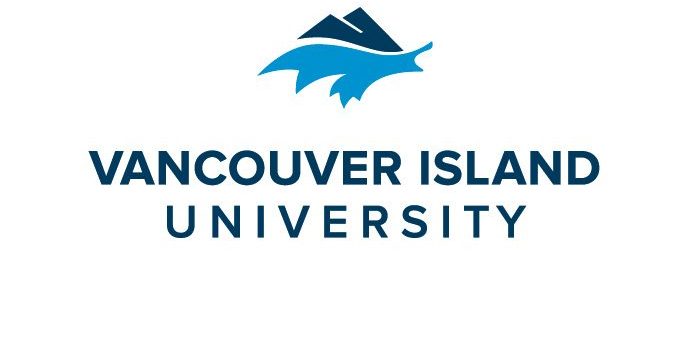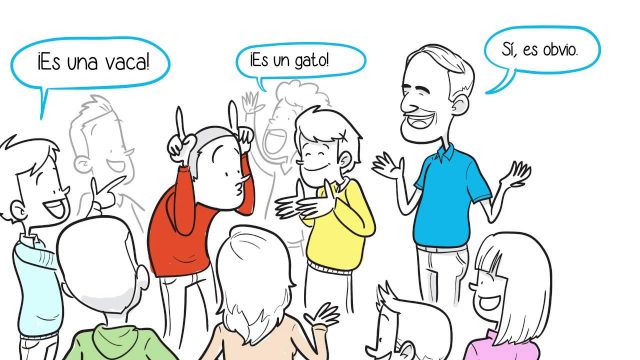
My thesis has gone from being a research study looking into the effectiveness and enjoyment of the Teaching Proficiency through Reading and Storytelling (TPRS) to now being a project creating a handbook suggesting an integrated approach to teaching the BC Spanish curriculum. I have completed the Research Ethics Board application despite now not requiring it. I can also speak to the differences in approach to conducting a research study and a project. I have conducted an extensive literature review for my project looking into second language teaching methods such as communicative approach, grammar-translation approach, task-based language teaching and tprs. I am happy to answer questions related directly to areas of second language teaching, the BC Spanish curriculum, or more generally about the process of conducting a research study or a project and the REB application process.


I’m looking at teaching traditional Indigenous language, would you say there are similarities between methods to teach spanish and Indigenous languages?
Hi Janice, Yes I would say that all languages have many similarities in the methods that can be used to teach them.
I would go further and say that the Teaching through Reading and Storytelling (TPRS) method is well suited to teaching Indigenous languages because lots of the methods link well with oral storytelling and repetition of vocabulary.
That being said my project is focused on highlighting a mixture of approaches to language learning as I feel this tends to work well as it gives the learner a variety of ways of interacting with the language.
Hi Mike. Your project topic is very intriguing. What made you want to explore this? Have you had experience working with students who speak other languages such as Spanish? Are you familiar with the framework of Sheltered Instruction Observation Protocol (SIOP) – see https://www.cal.org/siop/? It is an integrated approach that has been created mainly for students who speak other languages, but the strategies that are suggested can be used for any student. I took the training and I think that the strategies would be useful for any teacher to know and they align very well with Universal Design for Learning strategies. Best wishes with your project!
Hi Melissa,
Thanks for your comment, I chose the project because I teach High School Spanish and I had taken some training in Teaching Proficiency through Reading and Storytelling (TPRS). I liked the overall approach of TPRS but I felt that the method on its own was not sufficient to deliver the curriculum. So I wanted to explore what the literature suggested was ‘the best’ approaches to teaching languages and mash it together with aspects of TPRS.
I haven’t heard of the SIOP framework but I will check it out.
Cheers.
Hi Mike, I have a few students that are exploring second language acquisition in different contexts (early French Immersion & early Hul’qumi’num immersion). Do you have some key second language immersion references that you came across that you would recommend they read?
Hi Wendy, Great to hear from you.
I would say they should look into the work of Merril Swain who has various papers about her research into French Immersion in Canada in particular I would also recommend her ‘output hypothesis’.
Swain, M. (2000). French Immersion Research in Canada: Recent Contributions to SLA and Applied Linguistics. Annual Review of Applied Linguistics, 20, 199–212.
Swain, M. (1985). Communicative Competence:Some Roles of Comprehensive Input and Comprehensible Output in its Development. In Input in Second Languge Acquisition. Series on Issues in Second Language Research. Newbury House Publishers Inc. Rowley, Massachusetts.
They might also be interested in Stephen Krashen’s work on Second Language Acquisition. His Natural Approach is the basis for immersion.
Krashen, S. D. (1982). Principles and practice in second language acquisition (1st ed). Pergamon.
Krashen, S., & Terrell, T. (1983). The Natural Approach. Language Acquisition in the Classroom. Hayward, California: Alemany Press.
You are awesome, thanks!
MIKE!!!
Funny place to run into you again! I miss sharing an office with you and making those cross-curricular connections (also at the hijinks we would get up to in our glass cage). I know your students always loved Spanish and the inventive and exciting ways that you are incorporating critical thinking into second language learning. How do you feel that second language acquisition helps middle and high school students increase the depth of their critical thinking in literacy?
Hopefully we’ll be able to have a SH-alumni (Islanders Club) meetup soon.
Best,
Ana
ANA!!! Great to hear from you!
Hopefully we can get together soon and have a catch-up. I’d love to hear how you and your awesome classes are going these days!!
Thanks for the question. I would say that second language acquisition helps middle and high schoolers in many ways, but in terms of critical thinking in their literacy…it forces them to be uncomfortable because they have to think about what and how to say/write something. Second language acquisition is also often the first time students are made aware of grammar rules and how/why we use them, this can be useful in their mother tongue literacy journey also! As students develop in their second language learning they are required to think even more critically in order to communicate effectively in the given situation.
Hopefully see you soon!!